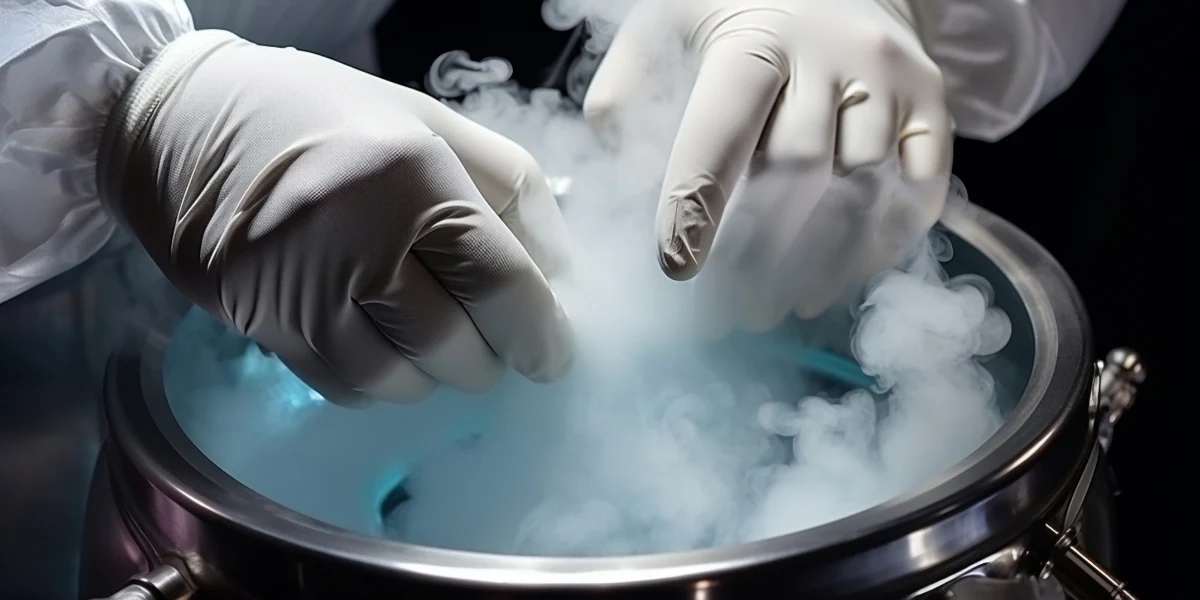Cryogenic Storage Tanks: Liquid nitrogen is typically stored in specially designed cryogenic storage tanks. These tanks are insulated to minimize heat transfer and maintain the extremely low temperature required to keep nitrogen in its liquid state.
Dewars: Smaller quantities of liquid nitrogen are stored in Dewar flasks, named after their inventor, Sir James Dewar. Dewars are double-walled containers with a vacuum between the walls, providing excellent insulation to reduce heat transfer.
Pressure Vessels: For industrial applications, liquid nitrogen is often stored in pressurized vessels. These vessels are built to withstand the high pressure that results from the evaporation of nitrogen and include safety features to prevent over-pressurization.
Transport Containers: When transporting liquid nitrogen, specialized transport containers are used. These containers are robust, insulated, and designed to minimize evaporation during transit. They often include securing mechanisms to ensure safe transport.
Cryocans: In laboratories and medical facilities, cryocans are used for storing and handling liquid nitrogen. Cryocans are portable, insulated containers designed for frequent access and easy handling.
Temperature Monitoring: Storage systems for liquid nitrogen often include temperature monitoring devices to ensure that the temperature remains consistently low. These monitors help detect any deviations that might indicate a problem with the insulation or containment.
Ventilation: Proper ventilation is crucial in areas where liquid nitrogen is stored. Since nitrogen gas is released as the liquid evaporates, adequate ventilation prevents the build-up of nitrogen gas, which can displace oxygen and pose asphyxiation risks.
Safety Protocols: Strict safety protocols are followed in the storage and handling of liquid nitrogen. This includes regular inspections of storage vessels, use of appropriate personal protective equipment, and training for personnel handling the substance.





Comments